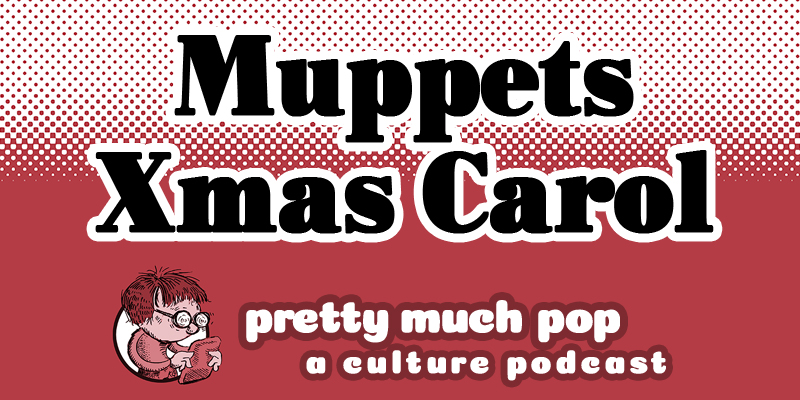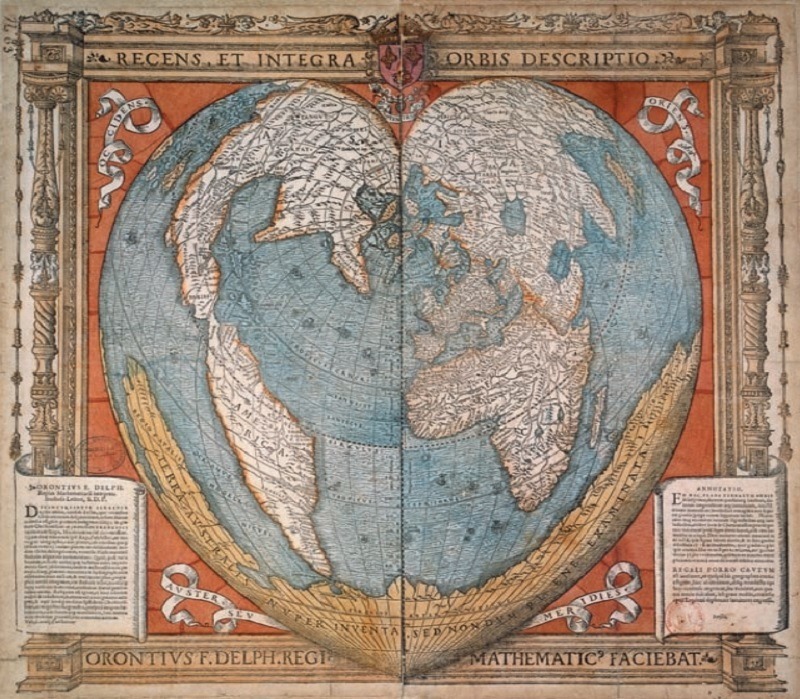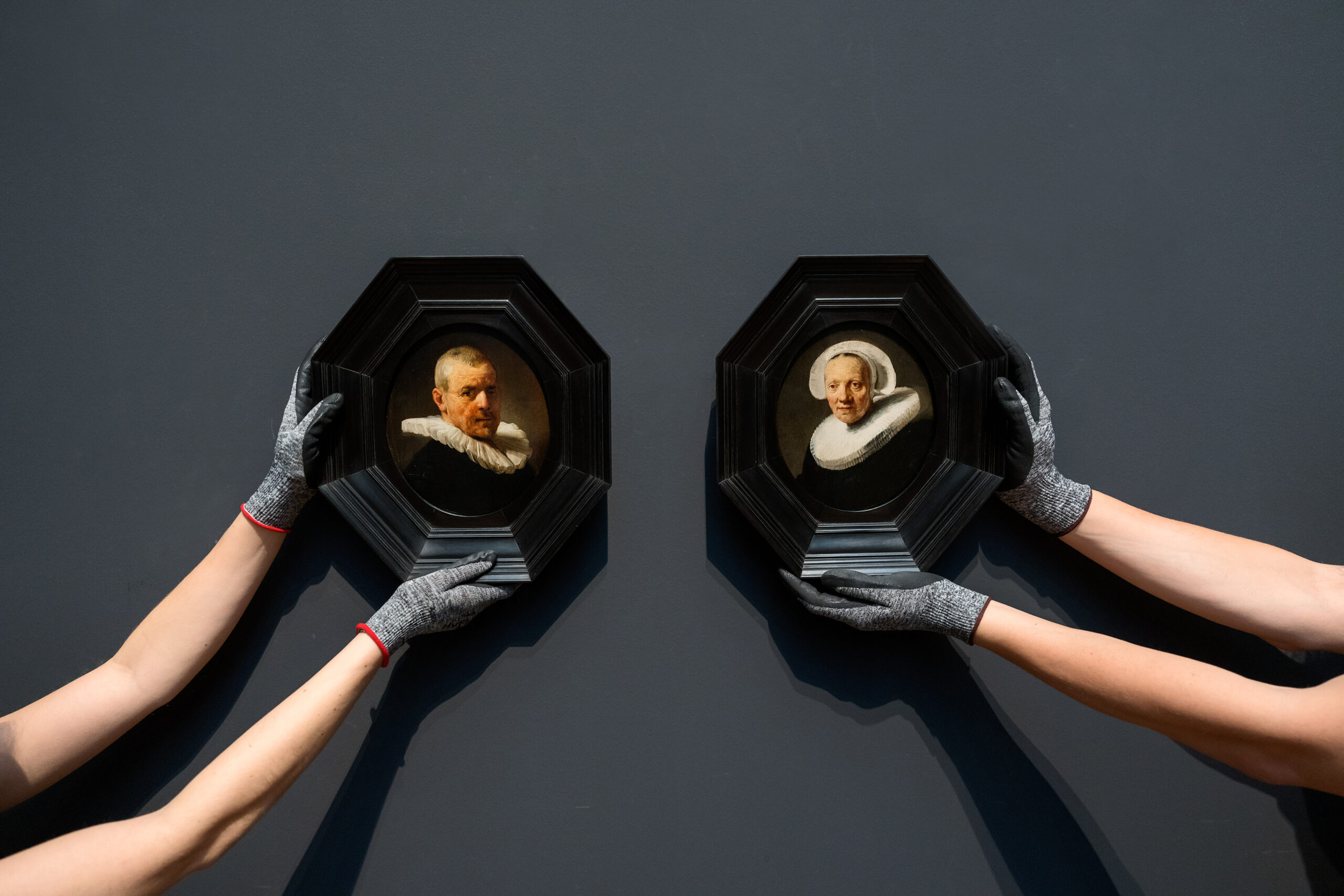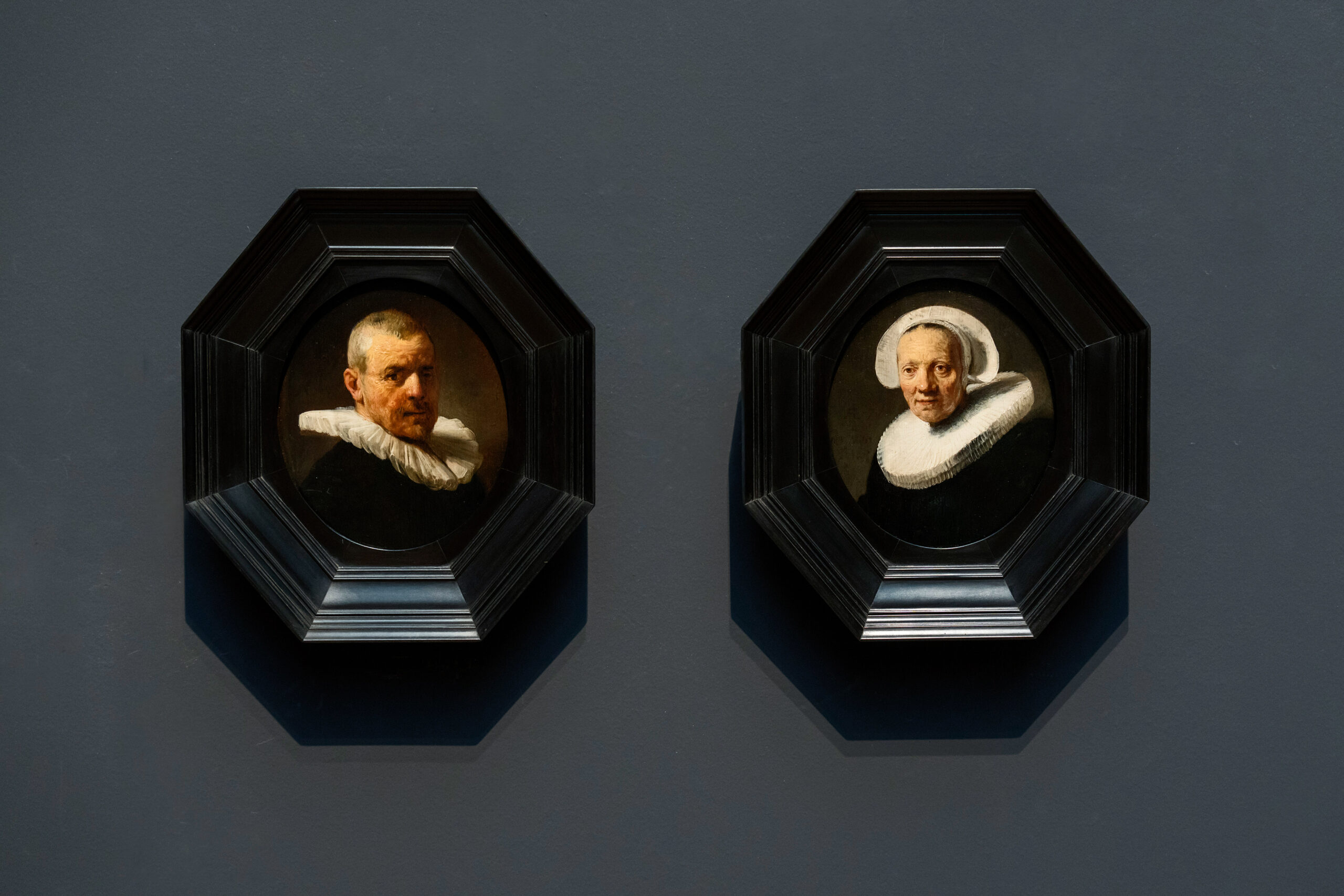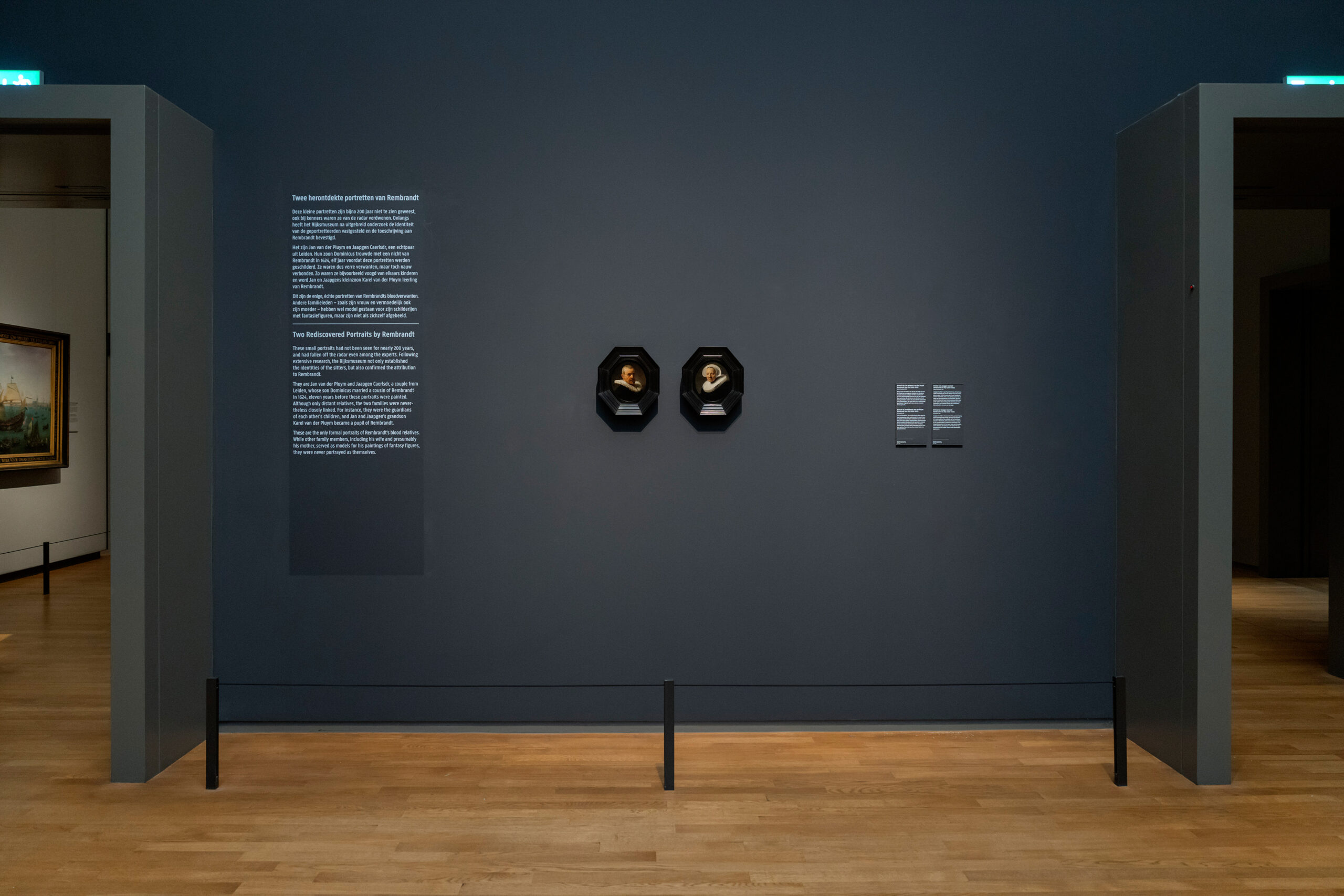Note: With the recent passing of Shane Macgowan, we’re bringing back a post from 2018 and revisiting The Pogues’ song “Fairytale of New York.” The offbeat Christmas classic is currently #5 on the Billboard Singles Chart in the UK.
Drugstore Cowboy, Barfly, Leaving Las Vegas, even Bonnie and Clyde… we love a good story about doomed, down-and-out lovers. Whatever emotional reservoir they tap into, when written well and honestly, such stories have broad cultural appeal. Which in part explains the overwhelming popularity of The Pogues’ 1987 classic “Fairytale of New York,” the kind of “anti-Christmas song,” writes Dorian Lynsky at The Guardian, “that ended up being, for a generation, the Christmas song.”
Many holiday stories cynically trade on the fact that, for a great many people, the holidays are filled with pain and loss. But “Fairytale of New York” doesn’t play this for laughs, nor does it pull the old trick of cheap last-minute redemption.
Sung as a duet by Shane MacGowan and Kirsty MacColl to the boozy tune of an Irish folk ballad, the song “is loved because it feels more emotionally ‘real’ than the homesick sentimentality of ‘White Christmas.’ ” Even if we can’t identify with the plight of a burned-out Irish dreamer spending Christmas in a New York drunk tank, we can feel the ache of broken dreams set in high relief against holiday lights.
The song’s history itself makes for a compelling tale, whether we believe the origin story in accordion player James Fearnley’s memoir Here Comes Everybody: The Story of the Pogues or that told by MacGowan, who maintains that Elvis Costello, the band’s producer, bet the singer that he couldn’t write a Christmas duet. (Fearnley writes that they were trying to top The Band’s 1977 “Christmas Must Be Tonight.”)
Either way, a Christmas song was a good idea. “For a band like the Pogues, very strongly rooted in all kinds of traditions rather than the present, it was a no-brainer,” says banjo-player and co-writer Jem Finer. Not to mention the fact that MacGowan was born on Christmas Day 1957.
Finer began the song as a tale about a sailor missing his wife on Christmas, but after the banjo player’s wife called it “corny” he took her suggestion to adapt the “true story of some mutual friends living in New York.” MacGowan took the title from J.P. Donleavy’s 1973 novel A Fairy Tale of New York, which happened to be lying around the recording studio. After a promising start, the song then went through two years of revisions and re-recordings before the band finally settled on the version millions know and love, produced by Steve Lillywhite and released on the 1988 album If I Should Fall From Grace with God.
Originally intended as a duet between MacGowan and bass player Cait O’Riordan, a version recorded with her was “not quite there,” guitarist Philip Chevron has said. Soon after, O’Riordan left the band, and MacGowan recorded the song again at Abbey Road in 1987, singing both the male and female vocal parts himself. Eventually Lillywhite took the track home to have his wife, English singer Kirsty MacColl, record a temporary guide vocal for the female parts. When MacGowan heard it, he knew he had found the right foil for the character he plays in the song.
“Kirsty knew exactly the right measure of viciousness and femininity and romance to put into it and she had a very strong character and it came across in a big way,” MacGowan later remarked in an interview. “In operas, if you have a double aria, it’s what the woman does that really matters. the man lies, the woman tells the truth.” As part of her character’s “viciousness”, she hurls the slur “f*ggot” at MacGowan, who calls her a “slut.” The offensive words have been censored on radio stations, then uncensored, and good cases have been made for bleeping them out (most recently by Irish DJ Eoghan McDermott on Twitter).
MacGowan himself has issued a statement defending the lyrics as in keeping with the characters. “Sometimes characters in songs and stories have to be evil or nasty in order to tell the story effectively,” he writes, adding, “If people don’t understand that I was trying to accurately portray the character as authentically as possible then I am absolutely fine with them bleeping the word but I don’t want to get into an argument.” Whatever position one takes on this, it’s hard to deny that MacGowan, co-writer Finer, and MacColl totally hit the mark when it comes to authenticity.
The genuine emotions “Fairytale of New York” taps into has made it the most beloved Christmas song of all time in TV, radio, and magazine polls in the UK and Ireland. It has become “far bigger than the people who made it,” writes Lynskey. Or, as Fearnley puts it, “It’s like ‘Fairytale of New York’ went off and inhabited its own planet.” An artist can’t ask for more. See making-of videos by the BBC and Polyphonic at the top. Watch the band sloppily mime the song with MacColl on Top of the Pops further up (MacGowan cannot actually play the piano). And just above, see the official video, starring Drugstore Cowboy’s Matt Dillon—filmed inside a real police station on the Lower East Side during a freezing Thanksgiving week in 1987, for maximum holiday vérité.
Related Content:
Glen Hansard & Lisa O’Neill Perform a Stirring Version of “Fairytale of New York” at Shane MacGowan’s Funeral: Watch Their Send-Off
David Bowie & Bing Crosby Sing “The Little Drummer Boy”: A Wonderful Christmas Chestnut from 1977
Shane MacGowan & Sinéad O’Connor Duet Together, Performing a Moving Rendition of “Haunted” (RIP)
An Old-Time Radio Yuletide: Hear 20+ Hours of Vintage Christmas Radio Shows (1938–1956)
Hear Paul McCartney’s Experimental Christmas Mixtape: A Rare & Forgotten Recording from 1965
Josh Jones is a writer and musician based in Durham, NC. Follow him at @jdmagness
